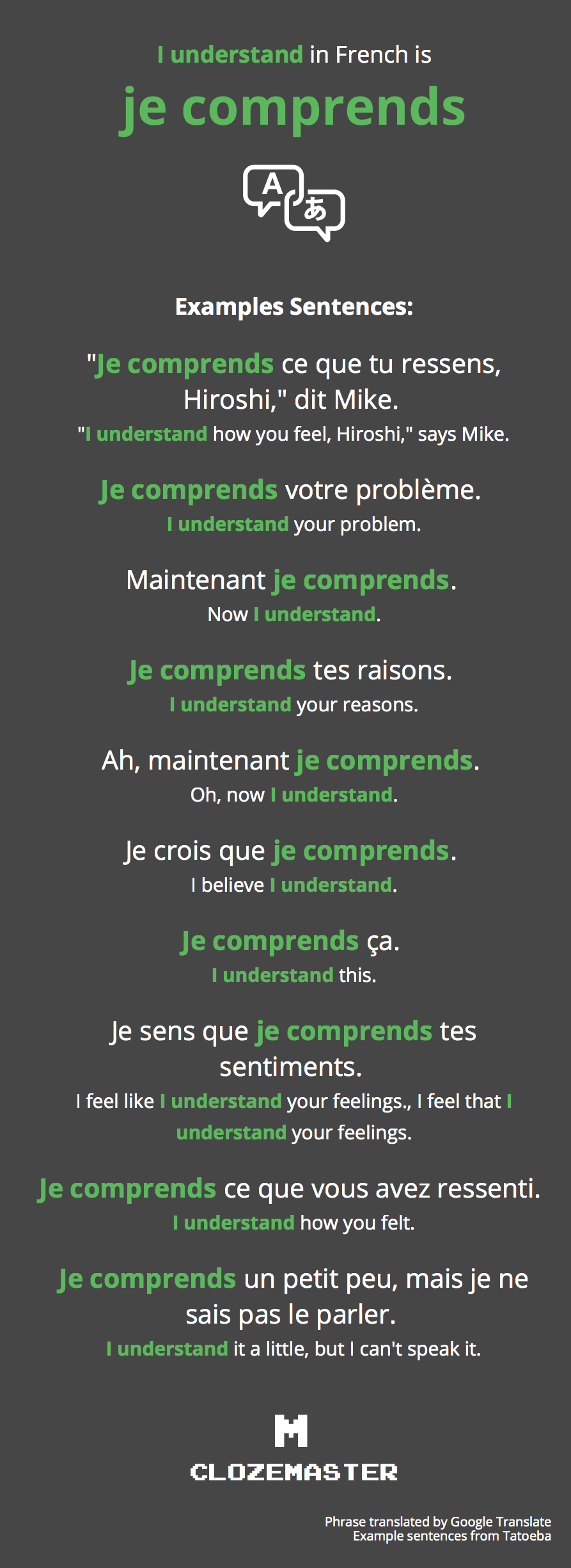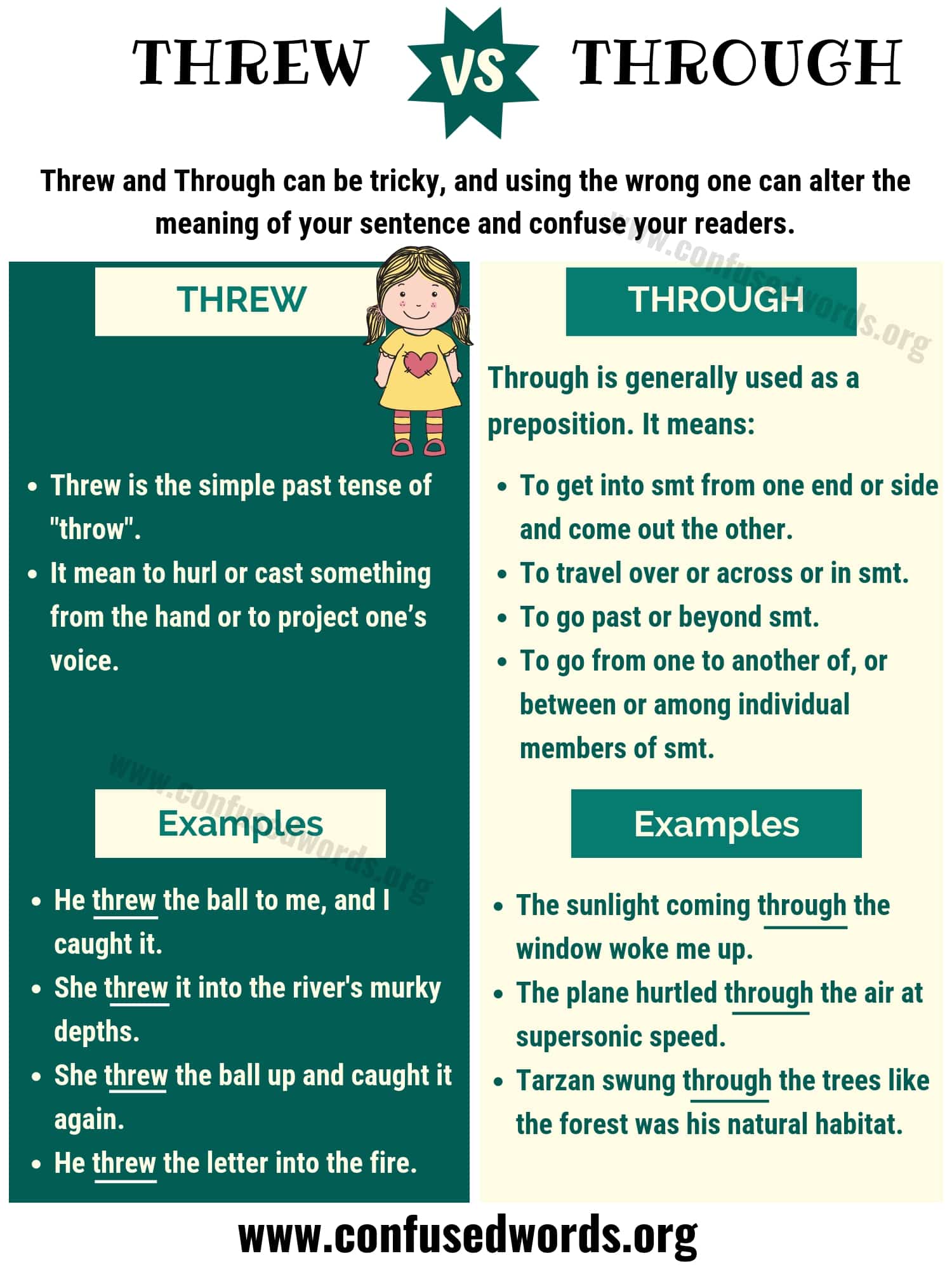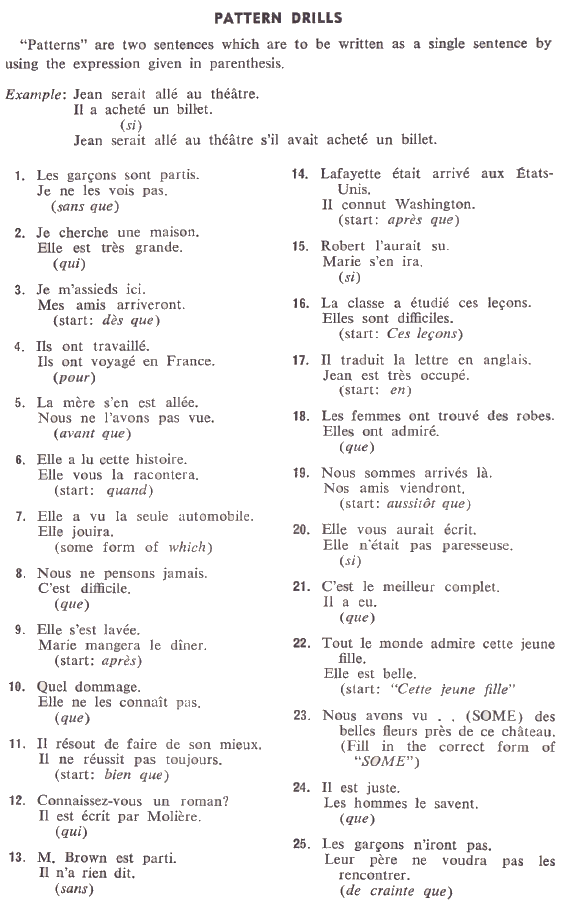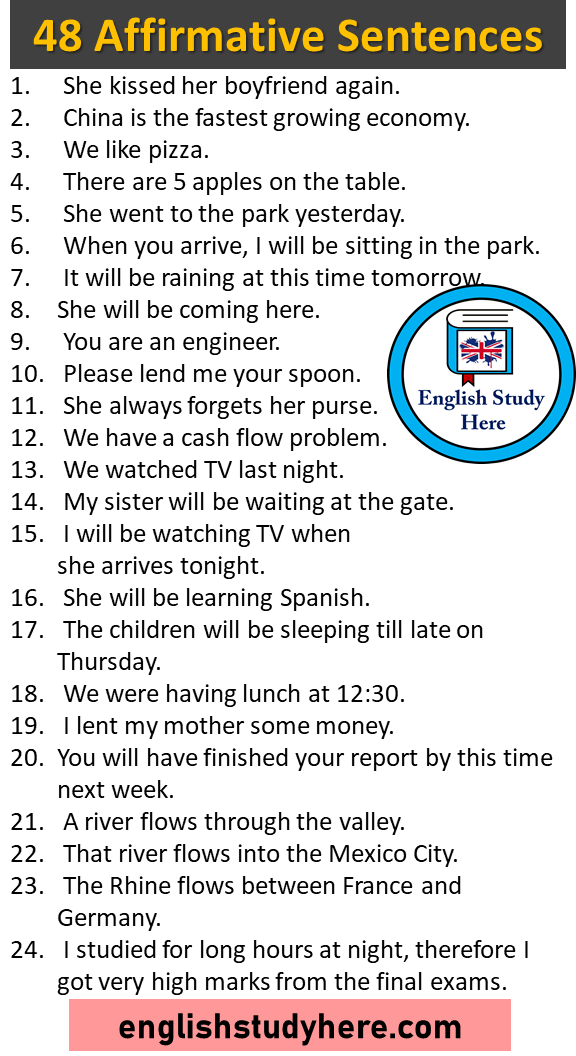Compound and complex sentences make topic sentences sound stronger and more high-level. Create a compound sentence with two independent clauses joined by a coordinating conjunction and a comma. Compose a complex sentence with a subordinate clause and an independent clause joined by a comma and a subordinating conjunction. A noun is a word for a person, place, thing, or idea. Nouns are often used with an article , but not always.
Proper nouns always start with a capital letter; common nouns do not. Nouns can be singular or plural, concrete or abstract. Nouns can function in different roles within a sentence; for example, a noun can be a subject, direct object, indirect object, subject complement, or object of a preposition.
The increased use of singular they may owe in part to an increasing desire for gender-neutral language. A solution in formal writing has often been to write "he or she", or something similar, but this is often considered awkward or overly politically correct, particularly when used excessively. Some participants noted that they found constructions such as "he or she" inadequate as they do not include people who identify as neither male nor female.
When you compose a piece of writing, it's important to organize your ideas so readers understand your main point and sub-points. Creating a topic sentence for your introductory paragraph and supporting paragraphs is an essential part of non-fiction writing. Learning how to write effective topic sentences can help you present your main idea and supporting information clearly to your audience. Now that you know how to recognize complex sentences and how to form them, here is a list of examples of complex sentences. See if you can identify the dependent clause, the independent clause, and the subordinating conjunction in each one. They also suggest rewriting sentences to use a plural they, eliminating pronouns, or recasting sentences to use "one" or "it".
Simple sentences can convey basic ideas, but you need complex sentences to communicate more detailed ideas or express the relationship between ideas. That's why it's important to learn how to form complex sentences. Chances are that you already create complex sentences without thinking about it. Knowing what a complex sentence is, how to form it, and why you need it will help you communicate your ideas more effectively. It's a skill you'll carry with you no matter what you do. As you can see, learning how to form complex sentences is an excellent way to express more complex ideas.
Check out this article on Udemy with cause-and-effect examples. The parts of the sentence are a set of terms for describing how people construct sentences from smaller pieces. There is not a direct correspondence between the parts of the sentence and the parts of speech -- the subject of a sentence, for example, could be a noun, a pronoun, or even an entire phrase or clause.
Like the parts of speech, however, the parts of the sentence form part of the basic vocabulary of grammar, and it is important that you take some time to learn and understand them. English idioms, proverbs, and expressions are an important part of everyday English. They come up all the time in both written and spoken English.
Because idioms don't always make sense literally, you'll need to familiarize yourself with the meaning and usage of each idiom. That may seem like a lot of work, but learning idioms is fun, especially when you compare English idioms to the idioms in your own language. The 2011 edition of the New International Version Bible uses singular they instead of the traditional he when translating pronouns that apply to both genders in the original Greek or Hebrew. Write a sentence that begins each supporting paragraph by introducing the new topic for that section and connects readers back to the main idea of your piece of writing.
Continue to use the what and why structure as you create new topic sentences for each paragraph. A compound-complex sentence with "it" contains at least two independent clauses and at least one dependent clause. A known individual may also be referred to as they if the individual is non-binary or genderqueer and considers they and derivatives as appropriate pronouns. Explicitly designating one's pronouns as they/them increases the chance that people will interpret "they" as singular.
Though "singular they" has long been used with antecedents such as everybody or generic persons of unknown gender, this use, which may be chosen by an individual, is recent. As of 2020, singular they is the most popular pronoun set used by non-binary people. Approximately 80% consider it appropriate for themselves. Since complex sentences have more than one clause, they give you some flexibility. When you create a sentence with two main ideas, you usually want one of the ideas to stand out more.
The other idea is there to support the more important idea. A complex sentence with "it" contains at least one independent clause and at least one dependent clause. Dependent clauses can refer to the subject the sequence/time , or the causal elements of the independent clause. There are many types of sentences, all with different structures and complexities.
In its most basic form, a sentence is made up of a subject and predicate, which is the verb and the words that follow. But no matter how simple or complex, a sentence consists of words. Words in a sentence are what make it come alive and make sense.
He "suspect that eventually we will accept the plural they as a correct singular" but states that currently "formal usage requires a singular pronoun". The singular they emerged by the 14th century, about a century after the plural they. It has been commonly employed in everyday English ever since and has gained currency in official contexts. Singular they has been criticised since the mid-18th century by prescriptive commentators who consider it an error. Its continued use in modern standard English has become more common and formally accepted with the move toward gender-neutral language. Though some early-21st-century style guides described it as colloquial and less appropriate in formal writing, by 2020 most style guides accepted the singular they as a personal pronoun.
A compound sentence is made up of two or more simple sentences. They are joined by 'and', 'but', 'or', 'yet', 'so' or 'for', which are known as conjunctions. Each simple sentence is independent and complete in itself. The sentences above all use the same independent and dependent clauses, but different subordinating conjunctions. And while the actions remain the same, the relationship between the actions is a little bit different in every example. A dependent clause that cannot make sense by itself.
Part of speechfunction or "job"example wordsexample sentencesVerbaction or state be, have, do, like, work, sing, can, mustEnglishClub is a web site. I like EnglishClub.Nounthing or personpen, dog, work, music, town, London, teacher, JohnThis is my dog. We live in London.Adjectivedescribes a noungood, big, red, well, interestingMy dogs are big. I like big dogs.Determinerlimits or "determines" a nouna/an, the, 2, some, manyI have two dogs and some rabbits.Adverbdescribes a verb, adjective or adverbquickly, silently, well, badly, very, reallyMy dog eats quickly. When he is very hungry, he eats really quickly.Pronounreplaces a nounI, you, he, she, someTara is Indian.
She is beautiful.Prepositionlinks a noun to another wordto, at, after, on, butWe went to school on Monday.Conjunctionjoins clauses or sentences or wordsand, but, whenI like dogs and I like cats. I like dogs but I don't like cats.Interjectionshort exclamation, sometimes inserted into a sentenceoh! A simple sentence with "it" contains a subject and a verb, and it may also have an object and modifiers. "Sweden's gender-neutral 3rd-person singular pronoun". Our pronoun they was originally borrowed into English from the Scandinavian language family ... And since then has been doing useful service in English as the morphosyntactically plural but singular-antecedent-permitting gender-neutral pronoun known to linguists as singular they.
Similarly, a study from 2002 looking at a corpus of American and British newspapers showed a preference for they to be used as a singular epicene pronoun. Topic sentences help guide the reader by introducing the subject of the rest of the paragraph. They relate to the main idea of the entire piece of writing and present the specific topic that is the focus of a paragraph. Topic sentences provide structure to a paragraph and piece of writing as a whole. All these sentences are examples of complex sentences.
As you can see, complex sentences are an excellent way to show the relationship between ideas. Commas can be intimidating if you're not too sure about where they are supposed to go. This guide will help you write complex sentences with more confidence. If you're interested in learning about tenses in English, check out this article in Udemy. These two sentences contain the same independent clause (it's time to clean the house) and dependent clause . However, the first sentence emphasizes that spring is here, while the second sentence places importance on the fact that it's time to clean the house.
How to write topic sentences A topic sentence sums up the main point of each paragraph. Use topic sentences to structure your ideas and keep your paragraphs focused. Whether it's simple sentences for those just learning the English language or phrasing for an academic paper, this easy-to-use sentence generator will help you choose your words with confidence.
Singular "they" has also been compared to "royal we" (also termed "editorial we"), when a single person uses first-person plural in place of first-person singular pronouns. Similar to singular "you", its singular reflexive pronoun ("ourself") is different from the plural reflexive pronoun ("ourselves"). The Complete Plain Words was originally written in 1948 by Ernest Gowers, a civil servant, in an attempt by the British civil service to improve "official English". A second edition, edited by Sir Bruce Fraser, was published in 1973.
Now you've seen how we use direct and indirect speech, practice using them yourself. An excellent and easy way to see how they are used is by reading a short story in English or a news article online, because stories and articles contain many examples of reported speech. A complex sentence is made up of one main clause and one or more subordinate clauses that are dependent on the main clause to make complete sense. In this article, we explain the purpose of a topic sentence, show you how to write a topic sentence and share examples and tips to help you craft strong topic sentences in your own writing. You might have noticed that in all the examples of complex sentences so far, there is sometimes a comma and sometimes not.
It can be difficult to remember whether you need a comma in a complex sentence. Here is an explanation of when you need a comma and when you don't. Transition words and phrases, also called linking or connecting words, are used to link together different ideas in your text.
They help the reader to follow your arguments by expressing the relationships between different sentences or parts of a sentence. In the sentence "She has played banjo for four years," for example, has is an auxiliary verb , and played is a past participle. As in the examples mentioned before, hasis used with a third person singular pronoun. Especially in British English, such collective nouns can be followed by a plural verb and a plural pronoun; in American English such collective nouns are more usually followed by a singular verb and a singular pronoun. There is a main verb and sometimes one or more helping verbs.
("She can sing." Sing is the main verb; can is the helping verb.) A verb must agree with its subject in number . In the above examples you will find nouns and some verbs too , but in no case is the noun functioning as the subject doing a predicate verb. If you were composing an essay using these examples, you would create multiple paragraphs to explain what compounds are in tea and why they are good for your health. A thesis statement is the sentence that states the repeated focus for an entire piece of writing. The thesis statement of an essay is usually written after a hook and or topic sentence of the introductory paragraph to make a point that will be supported by examples throughout the entire essay.
A topic sentence, however, can be used to back up the thesis by introducing the topic of each supporting paragraph. A topic sentence is the opening sentence to a paragraph that gives the general idea of what the writing will be about. It needs to give broad enough information to allow for multiple subtopics and examples without being so general that it makes the purpose of the writing unclear. Use this abbreviation in informal documents or as shorthand. You may put "i.e." in a sentence if you are writing an email or a letter to a friend, an informal piece of writing for a class, or a quick business note.
If you are writing a formal business document or an academic paper, consider using "that is" or "in other words" instead. But if you want to improve your writing and make your ideas more apparent to others, learning how to craft a complex sentence is a good first step. It's almost as important as working on your vocabulary. Transition sentences | Tips & examples for clear writing Transition sentences are used to start a new paragraph or section in an essay. They help the reader understand connections between ideas. Using conjunctions Conjunctions can connect words, phrases and clauses.
The three main types of conjunction are coordinating, subordinating and correlative. Click on one of the irregular verbs listed below for example sentences using the verbs in all tenses including active and passive forms, as well as conditional and modal forms. To help you choose the verb you need, each verb includes three example sentences to get you started.
Irregular verbs, on the other hand, are more complicated and often need to be studied individually because they don't follow a single pattern. The following example sentences in all tenses will help students learn irregular verb forms in context. To mark "bonus phrases." Phrases that add information or clarify but are not necessary to the meaning of a sentence are ordinarily set off with commas. But when the phrase itself already contains one or more commas, dashes can help readers understand the sentence.
How To Use Is It In A Sentence Colons follow independent clauses and can be used to present an explanation, draw attention to something, or join ideas together. With our sentence examples, seeing a word within the context of a sentence helps you better understand it and know how to use it correctly. From long to short, simple to complex, this tool can assist you with how to use words that may have more than one meaning.
Shouldn't Joe be followed by was, not were, given that Joe is singular? But Joe isn't actually here, so we say were, not was. The sentence demonstrates the subjunctive mood, which is used to express a hypothetical, wishful, imaginary, or factually contradictory thought.












































